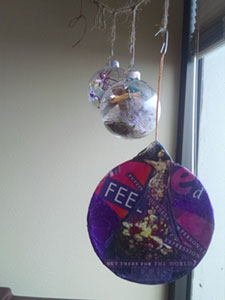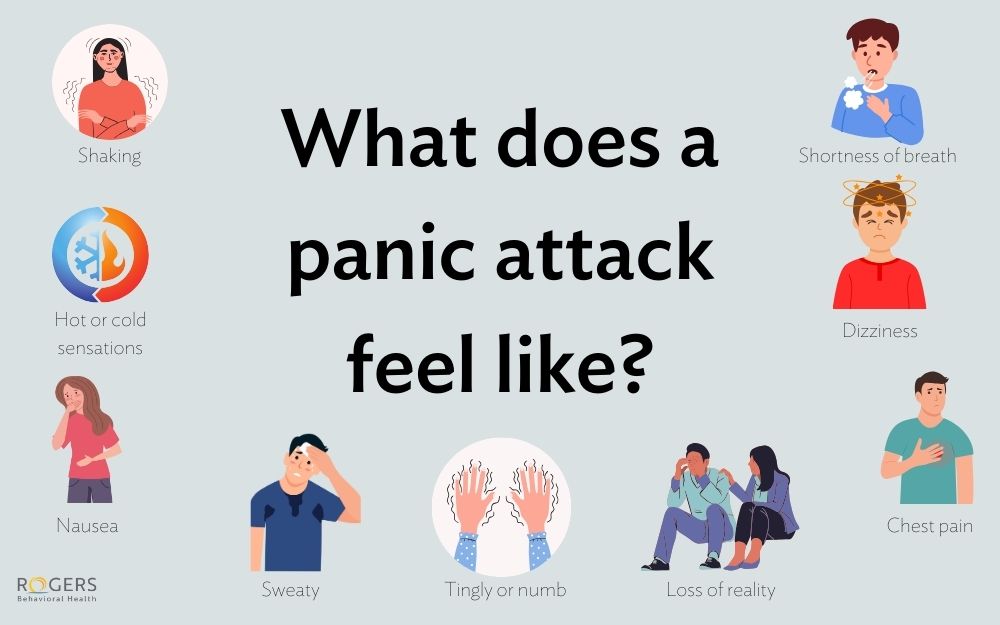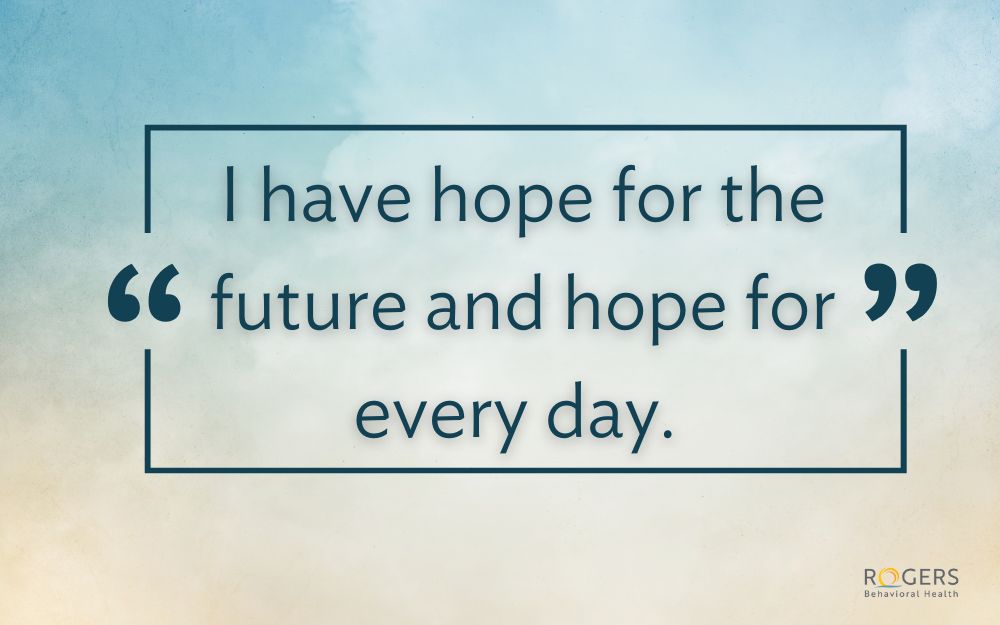Patient Triumphs Represented through Experiential Therapy
Posted on 04/22/16 04:12:pm
For some, having a mental illness can feel like you’re caged by a monster, leaving you unable to participate in the daily activities that you would like to engage in. That is the metaphor that Ashley Samson, experiential therapist at Rogers Behavioral Health–Chicago, started with in December 2015 when she designed new projects for her patients. Over time, that metaphor was adjusted to be more relevant to the different patient age groups in Skokie, IL.
“When each patient attends their first experiential therapy group at Rogers–Chicago, he or she is offered the opportunity to visually track their progress,” says Samson. “The children and teens enrolled in the obsessive-compulsive disorder (OCD) and anxiety partial hospital and intensive outpatient programs record their personal growth with ‘freedom balloons.’”
Using dry-erase markers, Samson draws balloons on the window of the experiential therapy room as a space for each child to collect their successes and share with others. “The children write down what they’re proud of that session on their balloons, whether it be the completion of an exposure or an accomplishment that gets them one step closer towards their treatment goal or discharge,” she says. “The freedom balloons help the kids display a sense of pride and share their successes against the ‘monster’ or disorder that has held them captive.”

Samson adapted the metaphor for adults with OCD enrolled in the partial hospital and intensive outpatient programs andFOCUS partial hospital program. “When our adult patients first arrive, they are given a clear ornament, which we refer to as a ‘progress globe,’” she says. “During check-in, each patient creates a handwritten note of personal success or finds a small object that represents their positive change and puts it in their globe. Our adult patients usually prefer to be more private than our younger patients about tracking their accomplishments, so the globes were a way to continue the metaphor in a more reserved way.”
Upon discharge, patients can take their globe home as a token of their achievements or smash the globe if they wish to shift the metaphor toward reclaiming their freedom from their mental illness. “It can be helpful for many patients to see and feel their progress as tangible objects,” says Samson. “These simple traditions are a wonderful way for patients to see that even small successes like coming to treatment on time or completing an exposure can add up to increased confidence and a greater sense of pride in their hard work.”
According to Samson, one patient who started a progress globe decided to continue higher level treatment at Rogers Behavioral Health–Oconomowoc before returning to outpatient programming in Skokie. “When I asked her whether she’d like to take her globe with her or leave it at our clinic, she told me that she’d prefer we held onto it for her as a ‘place-keeper’ or personal reminder that she would be back to continue her journey to wellness.”
Topics
Share this article:



